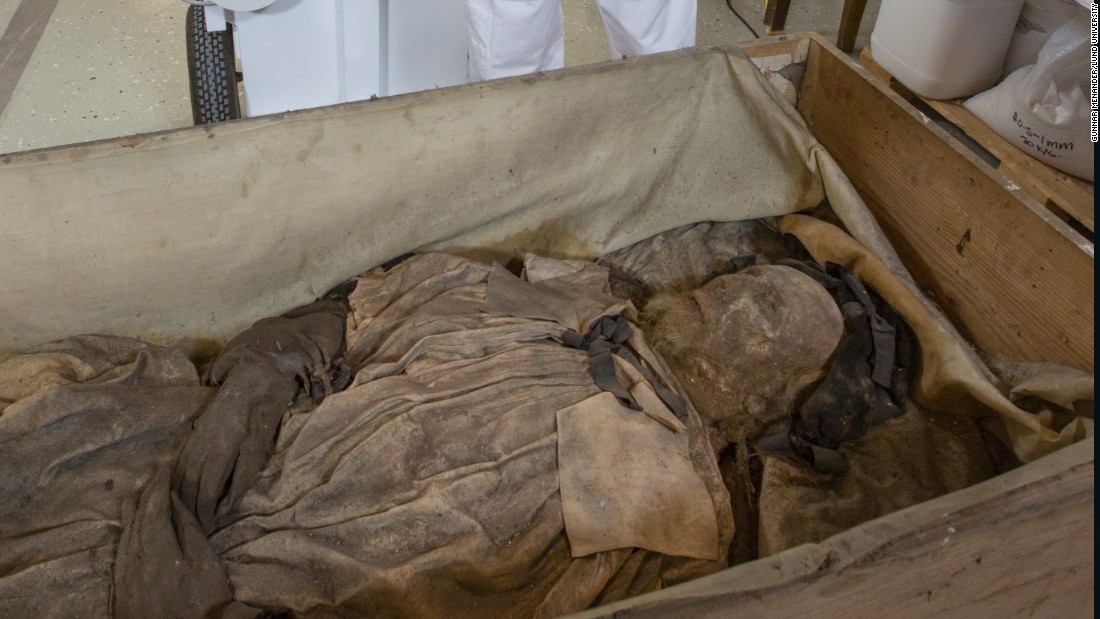Bishop Peder Winstrup died in 1679, and is one of the most well-preserved human bodies from the 1600s.

Researchers at Lund University in Sweden may now have solved the mystery of why a foetus was hidden in his coffin in Lund Cathedral. DNA from the bishop and the foetus, along with kinship analyses, has shown that the child was probably the bishop’s own grandson.
Something is protruding between Bishop Peder Winstrup’s two calves. The X-ray reveals small bones. Could it be an animal? When the image is studied more closely, the osteologists from Lund University can see faint signs of what is to become the collarbones – it is a human foetus.

Inside the coffin they find the bundle, wrapped in a piece of linen cloth. Judging by the length of the femur, it was 5-6 months old and stillborn. The discovery raised a number of questions – one of them was why it was in the bishop’s coffin.
“It was not uncommon for small children to be placed in coffins with adults. The foetus may have been placed in the coffin after the funeral, when it was in a vaulted tomb in Lund Cathedral and therefore accessible”, says Torbjörn Ahlström, professor of historical osteology at Lund University, and one of the leading researchers behind the study.
The burial book from Lund Cathedral confirms that coffins of children were placed here, without them being related to the family.

“Placing a coffin in a vault is one thing, but placing the foetus in the bishop’s coffin is quite another. It made us wonder if there was any relationship between the child and the bishop”, says Torbjörn Ahlström.
Therefore, researchers at Stockholm University analyzed samples from Peder Winstrup and the foetus. The results show that it was a boy, and that they had a second-degree kinship, that is, they shared roughly 25% of the same genes. Since they had different mitochondrial lineages, but there was a Y-chromosome match, the relationship was determined to be on the father’s side.

“Archaeogenetics can contribute to the understanding of kinship relations between buried individuals, and in this case more specifically between Winstrup and the foetus”, says Maja Krzewinska at the Center for Paleogenetics at Stockholm University, who was involved in the analysis.

As is the case for second-degree relationships, the following constellations involving Winstrup and the foetus are possible: uncles, nephews, grandparents, grandchildren, half-siblings and double cousins. What is the most probable relationship in this scenario can be deduced from the knowledge that exists about the Winstrup family.





